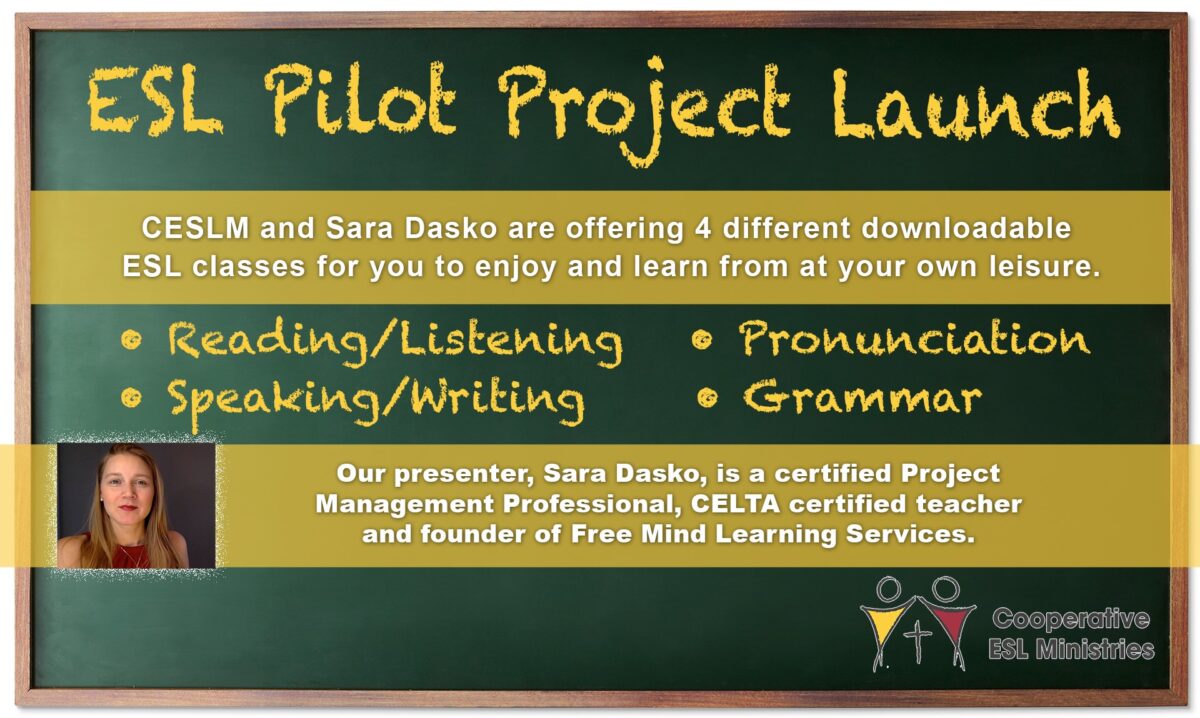While many of us have a keen interest in issues facing adult newcomers in Calgary, children of immigrant parents have their own set of struggles. In the September 2015 issue of Albertaviews, an article entitled “Language Limbo – The urgent need for more ESL instruction in school” by Marcello Di Cintio, called for more attention on our children who are learning English as a second language. Here are some pertinent facts from this article:
- In 1992 Klein cut 250 million dollars from education; during this time the CBE had an 80% reduction in funding for ESL.
- In 2013, the province reduced the time it would fund an English Language Learner (ELL) to 5 from 7 years.
- In 2014-2015 there were 90,000 ELLs in Alberta Schools.
- On average there is an 8% increase in ELL students each year.
- In the provincial budget before the election the annual enhanced funding per ELL was to be reduced by $40 to $1,141.
- 25% of AB students speak a first language that is not English.
- 20% growth in AB student population from 1999-2014
- 516% growth in ESL student population in 1999-2014
- Most common first languages of ESL students in Calgary PUBLIC Schools: Tagalog, Punjabi, Spanish, Mandarin, Vietnamese.
- Most common first languages of ESL students in Calgary CATHOLIC schools: Tagalog, Spanish, Vietnamese, Arabic, Dinka.
- Number of first languages spoken in Calgary Catholic Schools: 114
The article went on to highlight the problems faced by immigrant children entering university as adults who are hamstrung by their poor vocabulary compared to their native-speaker peers whose parents’ grasp of English gave them thousands more vocabulary by osmosis and these children were likely read to and encouraged to read much more. Here is another way to look at the vocabulary gap:
- ELL Children missing 4,500 words in Gr. 2 may have a deficit of 60,000 words when they leave high school.
- Dr. Hetty Roessingh of the U of C’s school of education noted that in the faculty of engineering 1/3 of the faculty’s first year students were on academic probation mostly linked to poor reading and writing skills.
So what? Well, there are a couple of implications for us teaching adults. First, giving parents more vocabulary and giving them ideas to help their kids gain vocabulary (like regular library trips) is important for parents who speak another language in their home and especially for parents who are trying to speak English in their home as best as they can. A parent’s well-intentioned plan to use English may backfire since kids are not conversing with as many words as if they were using mother tongue – resulting in stilted at home conversation.
As well, parents also need to be warned that just because their kids sound Canadian (in conversation) does not mean they will succeed in university where academic English is used in many courses.
Finally, encouraging parents to be proud of their mother tongue and use it can often help families develop their children’s English. How so? This is because L2 (English) is linked to your L1 (mother-tongue) and your ability in it. I have heard school administrators tell students “Speak English in your home!” but interestingly students’ mother tongue and their English both need to be encouraged. High functioning Urdu reasoning skills will actually help your English reasoning skills, not subtract from them.
Teachers will do well to encourage not only a love of English but of all languages. We want our students to be successful in English, but we also want to enjoy with them this special treasure of their mother tongues. It is nice to learn a little from everyone.
As my daughter takes on Gr.1 this year, I hope her teacher will celebrate the linguistic diversity of her classroom. It would be a shame if Dora and Diego were in her class and she didn’t learn any Spanish words from them!











Thanks so much, James, for the summary of the “Language Limbo” article. It is a good reminder that our church ESL classes are helping more than the adults who attend – but also their whole families. This fall we have several teenagers in our ESL classes at Foothills. After reading your blog, I am more motivated than ever in serving these students!